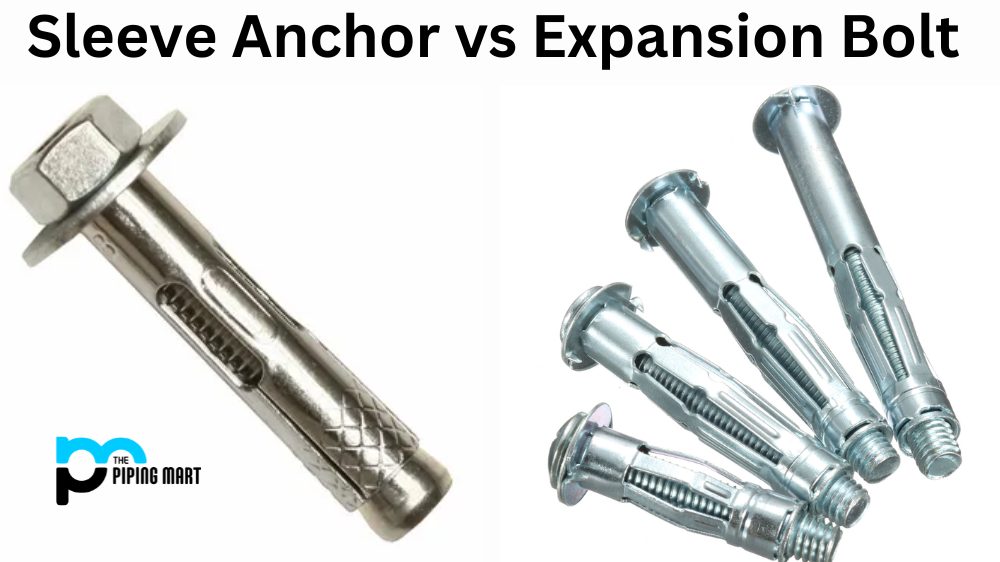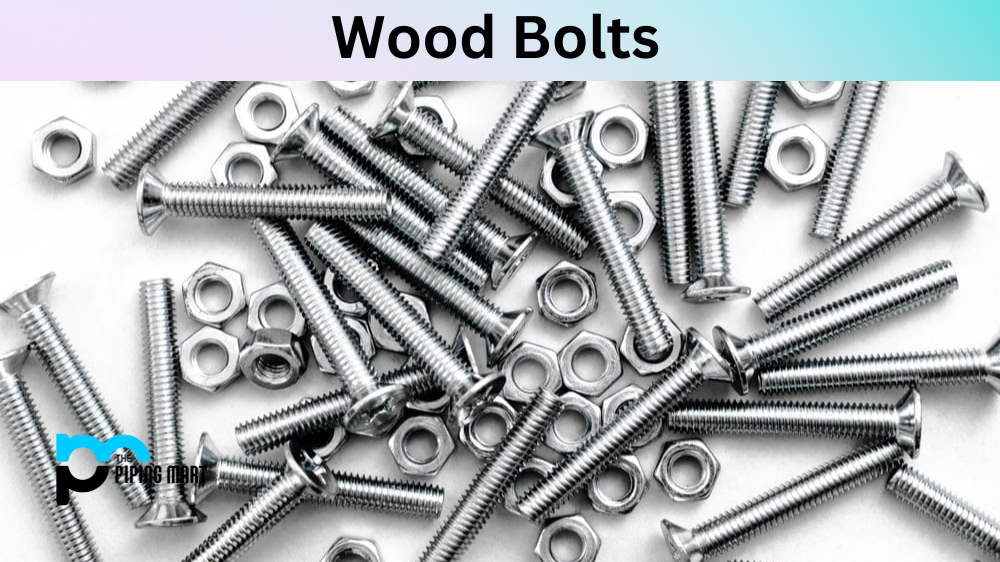Are you planning to install hooks, walls, doors, or anything that requires stable support on concrete or masonry? If yes, then you need a reliable anchoring solution. While there are two popular options – sleeve anchor and expansion bolt, it can take time to decide which one to use.
In this blog post, we will discuss the difference between a sleeve anchor and an expansion bolt, how to install them, and which would best suit your project. So, let’s get started.
What are Sleeve Anchors?
Sleeve anchors, also known as wedge anchors, are excellent for light and medium-duty applications. They come in various sizes and are made of steel, stainless steel, and other materials such as zinc-coated carbon steel. The sleeve anchor has a cone-shaped head at one end that is inserted into the drilled hole in the concrete. The other end has a threaded rod that, when tightened, expands the cone and creates a wedge between the anchor and the concrete. This creates a tight grip on the concrete and stabilizes the structure.
To Install a Sleeve Anchor:
- Drill a hole into the concrete with the appropriate size.
- Insert the sleeve anchor into the hole, then insert the threaded rod through the object you want to anchor to the concrete.
- Tighten the nut with a suitable torque wrench until you achieve the recommended strength.
What are Expansion Bolts?
Expansion bolts, wedge bolts, or mechanical anchors are suitable for heavy-duty applications. They are also made up of steel, stainless steel, or any other substantial material, but they have a different design than the sleeve anchor. The bolt is a conical shape inserted into the drilled hole with a matching taper. When the nut is tightened, the tapered portion of the bolt expands in the hole and creates a tight grip on the concrete. This expansion creates a frictional force between the anchor and the surface, which provides stability to the structure.
To Install an Expansion Bolt:
- Drill a hole into the concrete with the appropriate size.
- Insert the expansion bolt into the hole and put the object you want to mount onto it.
- Tighten the bolt until you achieve the recommended required torque.
Which One to Use:
Now that you know the design and mechanism of sleeve anchors and expansion bolts, let’s see which one you should choose for your project.
Sleeve anchors are best suited for relatively smaller, lighter loads and shorter embedment depth. They have a better pull-out resistance in concrete or masonry than expansion bolts and smaller installation hole sizes. However, they are not recommended for overhead installation, and their installation requires more precision.
On the other hand, expansion bolts are well suited for heavy-duty and high-stress applications, providing a higher shear, tension, and compression capacity. They can be installed both overhead and horizontally, and their installation is straightforward. However, they require a larger installation hole and a limited embedment depth.
Conclusion:
In summary, sleeve anchors and expansion bolts are excellent for anchoring objects to concrete or masonry surfaces. Sleeve anchors are best suited for lighter loads, shorter embedment depth, and better pull-out resistance, while expansion bolts are best suited for heavy-duty and high-stress applications. So, before choosing an anchor, analyze the load that needs support and the embedment depth needed, and then go for the one that fulfills your needs. With this information, you can make the right decision and install an anchor that is safe, durable, and reliable.
Sakshee is a talented blogger, with a particular focus on the Business and Metal Industry. She is passionate about sharing her insights on various metal products and helping professionals to make a better decisions.




